Have you recently purchased or were given a stovetop percolator and are not sure if you can use it atop your glass range? Here we have researched to answer your question, so you don't ruin your glass stovetop.
Percolators made out of stainless steel, aluminum, copper, porcelain, and carbon steel can be used on a glass stovetop. As with other cookware, do not use percolators atop a glass range if there are dents or scratches in the bottom that could scratch the glass.
Not all cookware material is safe for glass stovetops because some materials can damage the glass or are bad heat conductors. But, if you have the right material percolator, you'll find it useful for making a delicious cup of joe over the range. Keep reading as we take a closer look at using a percolator on a glass range, and answer any questions related to perfecting your percolated coffee.
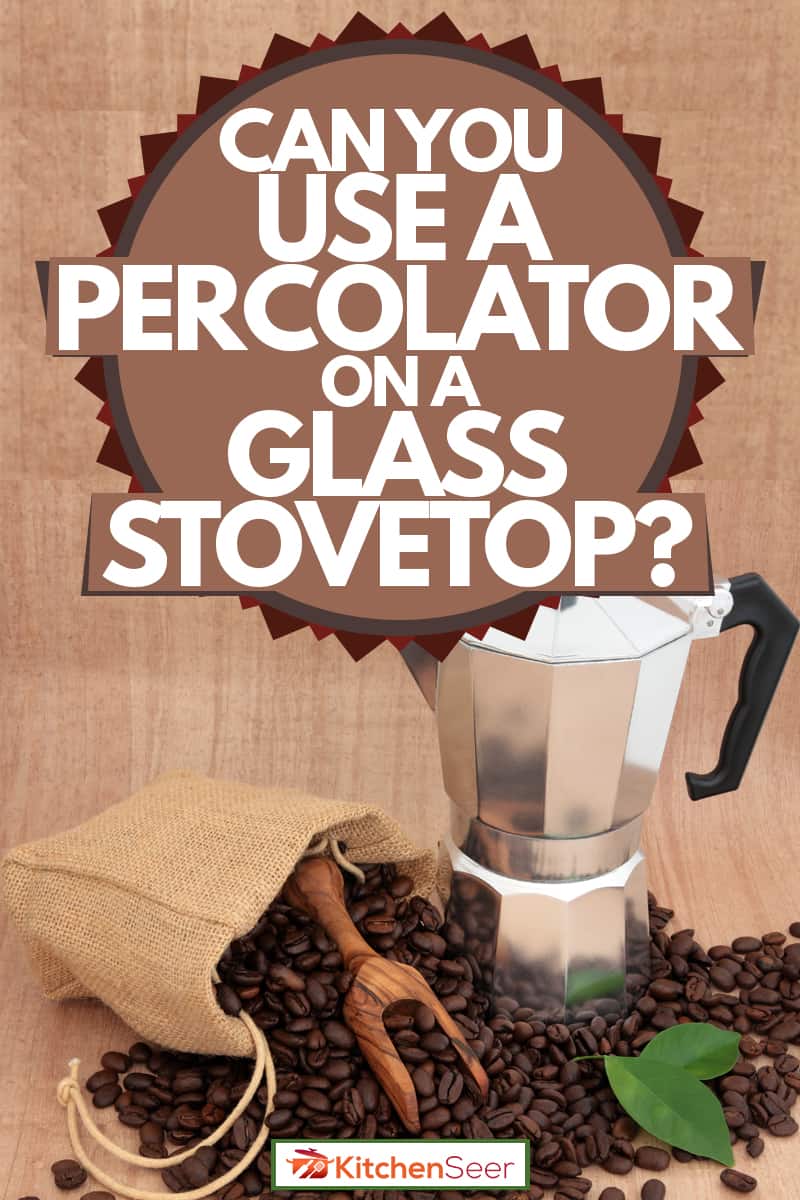
Using A Coffee Percolator On Glass Stovetops
Stainless steel is the most recommend cookware material for glass stovetops. But, as you have just learned, there are other materials that percolators can be made out of that can be used safely and efficiently on your glass stovetop. Percolators made out of glass, ceramic, cast iron, or stoneware should not be used directly on a glass stovetop. They are not good heat conductors for this type of stove, and they are more likely to damage the surface of a glass stovetop.
To protect the glass range while using a percolator:
- Check the bottom of your percolator for any rough spots that could scratch the glass range. Do not use your percolator if you find any rough areas.
- Do not set the temperature to high to boil out all the water. A dried bottom can cause the percolator to leave behind marks on the glass stovetop than can not be removed.
Click here to see this stainless steel percolator by Faberware on Amazon.
How Do I Use A Stovetop Percolator?
The percolator should have a minimum and maximum water line marked on the container. It is important to pay attention to the indicator lines because filling over the max line can cause your percolator to boil over.
Pick the amount of water you want and add it to the percolator. Then add the stem or pump and coffee basket to the percolator. Add your desired amount of coffee, either coarsely ground or regular ground, to the coffee basket (usually 1-2 tablespoons for every cup you make). More coffee grounds produce a robust flavor, and fewer grounds produce a weaker flavor. Put the lid on the percolator, and you are ready to put it onto the stovetop.
Click here to see this enamelware percolator by GSI on Amazon.
Select a burner that is the size of the bottom of the percolator, do not use a burner that is too big. Bring the water to a boil and allow the percolator to process water through the coffee grounds, or perk. After the coffee has perked, remove the percolator from the hot burner. Place on a heat-sensitive surface or set a potholder between the surface and the percolator.
At this point, the coffee is made and ready to drink. Just be careful; the coffee is extremely hot so let it cool to a safe temperature to not burn your mouth. While using the percolator, be sure to use potholders as the handle can become too hot to hold.
How Long Do You Percolate Coffee On The Stovetop?
Coffee should be allowed to perk anywhere from 5-10 minutes. You want to make sure you give enough time for the water to run through the basket to absorb all the coffee flavor. If you are making a full pot of coffee, you will want to let it perk closer to 10 minutes.
If you remove it from the burner too soon, the coffee will be weaker because it didn't have the time needed to pass through the coffee grounds. If you are only making enough coffee for one cup, you can let it percolate closer to 5 minutes because there isn't the amount of water and grounds in a full pot; therefore, it won't take as long to brew.
How Do You Make Coffee In A Glass Pyrex Percolator?
If you are making coffee in a glass Pyrex percolator, make sure you don't use it directly on a glass stovetop. Glass cookware can scratch the glass range. Glass percolators are better used on gas burners and electric coil types of stovetops.
Using a glass Pyrex percolator is the same as other percolators with just a couple of exceptions. On a gas stovetop, you want to use medium heat when bringing your water to a boil. On electric stoves, you need to use a trivet between the bottom of the percolator and the stove coils. This will disperse the heat along the bottom of the percolator, making the glass percolator safe to use.
If you want to get the most out of your Pyrex cookware, please read, "Can Pyrex Be Used On A Stovetop? [Not A Simple Question!]"
Can I Use Regular Ground Coffee In A Percolator?
You can use regular ground coffee or coarse ground coffee to brew your coffee in a percolator. You run the risk of having some grounds slip through the basket holes if you use regular ground coffee because it is finely ground. If you are worried about coffee grounds slipping through the holes in the percolator, then use coarse ground coffee. Coarse ground coffee will contain bigger chunks and should not fall through the percolator basket holes.
We can help you to select the best coffee for your percolator. Please read, "Do You Need A Special Coffee For A Percolator?"
Do You Need A Filter For A Percolator?
Percolators do not require a filter. The basket has small holes in it that the water comes out of, but are small enough for the grounds to stay in the basket. Try to select a coffee that is ground coarsely enough to not fall through the basket holes.
Click here to see this percolator basket and stem on Amazon.
However, filters do exist that are specially designed for percolator use. If you prefer finely ground coffee, you might try adding a filter to your percolator before you brew. Click here to see percolator filters on Amazon.
Is Percolator Better Than Drip?
Whether percolated coffee or drip coffee is better is a matter of preference and depends on the brewers' taste. Percolated coffee can have a stronger flavor than drip coffee. The same amount of coffee grounds and water can be used to brew with both methods, and the pot made with the percolator could result in bolder flavor than the pot brewed with a drip machine.
Click here to see this drip coffee maker on Amazon.
If you like your coffee on the strong side, then you might prefer percolator coffee over drip coffee. If you like your coffee less bold, then you might like your coffee from a drip machine better.
Final Thoughts
If you are percolating coffee on a glass stovetop, make sure the percolator is made out of a material that is safe for the stovetop, like stainless steel. Rember the proper steps to using your percolator properly; add water, attach the stem and basket, add coffee grounds, and boil between 5-10 minutes.
If you are using a glass Pyrex percolator, make sure you add extra steps depending on the stovetop you will be using.
It is perfectly acceptable to use regular ground coffee in your percolator, and there is no need to use a filter with your coffee percolator. Percolated coffee can be stronger than regular drip coffee.






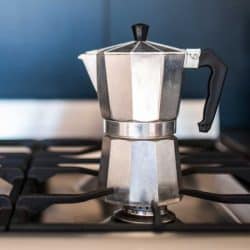
![A steaming percolator on a kitchen stove, How To Use A Stovetop Percolator [8 Easy To Follow Steps!]](https://kitchenseer.com/wp-content/uploads/2021/03/A-steaming-percolator-on-a-kitchen-stove-250x250.jpg)
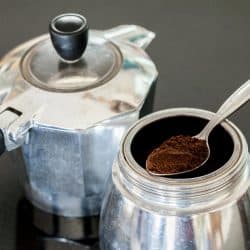
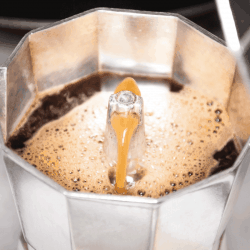
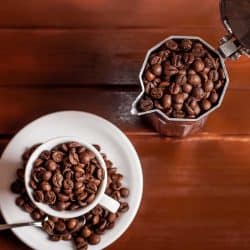
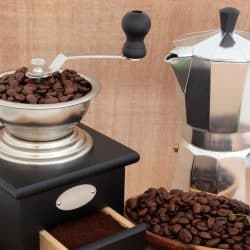
Simply a smiling visitor here to share the love (:, btw outstanding design and style .